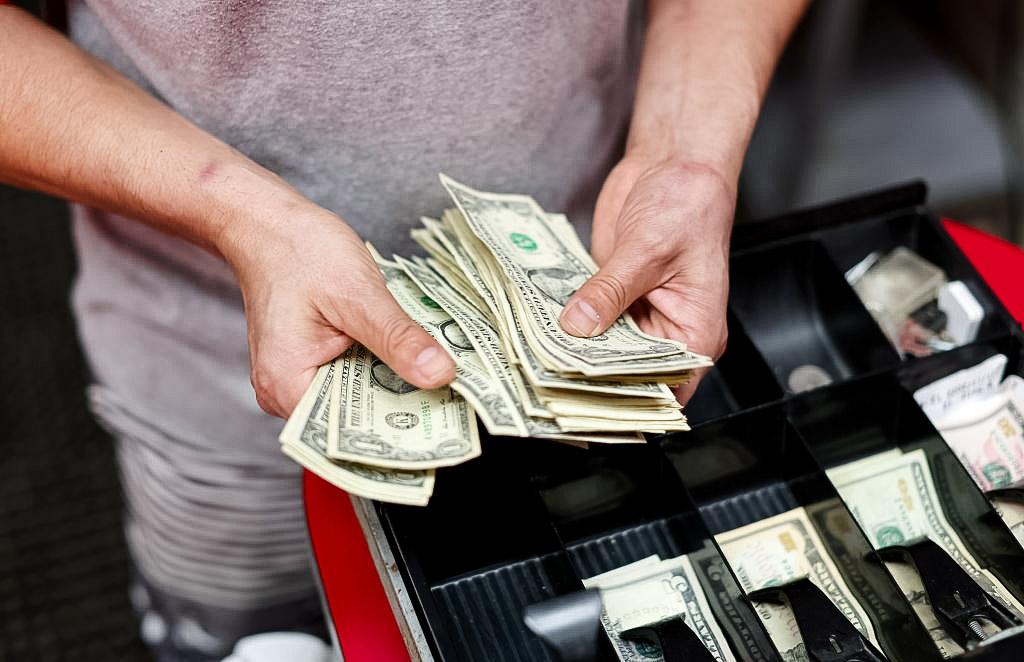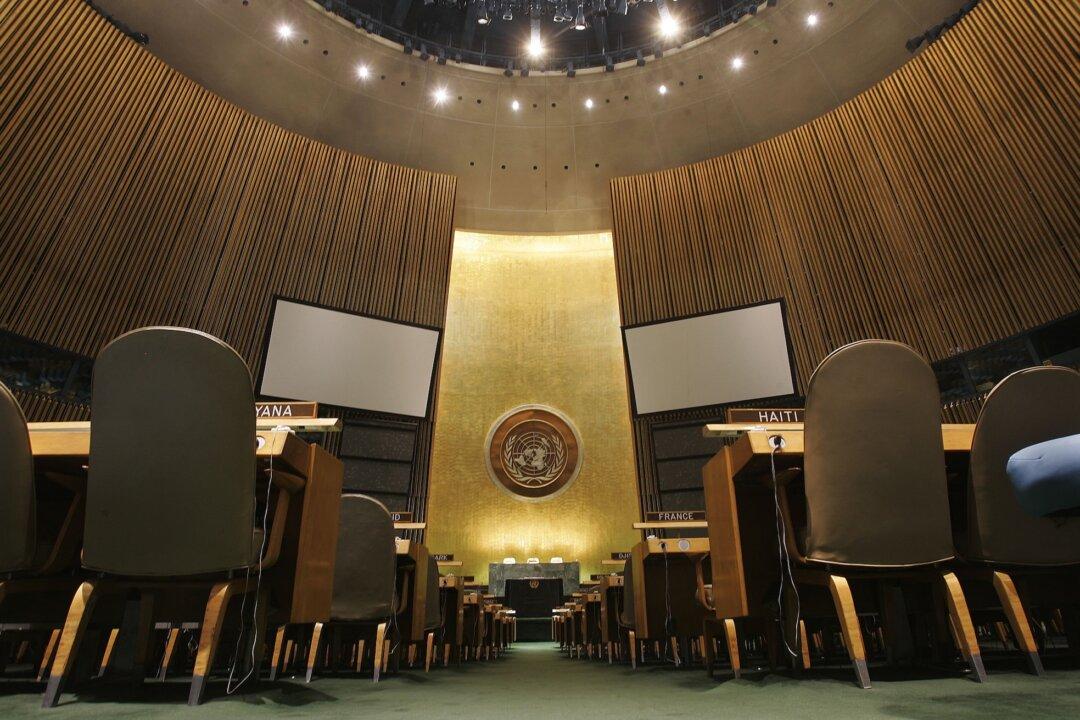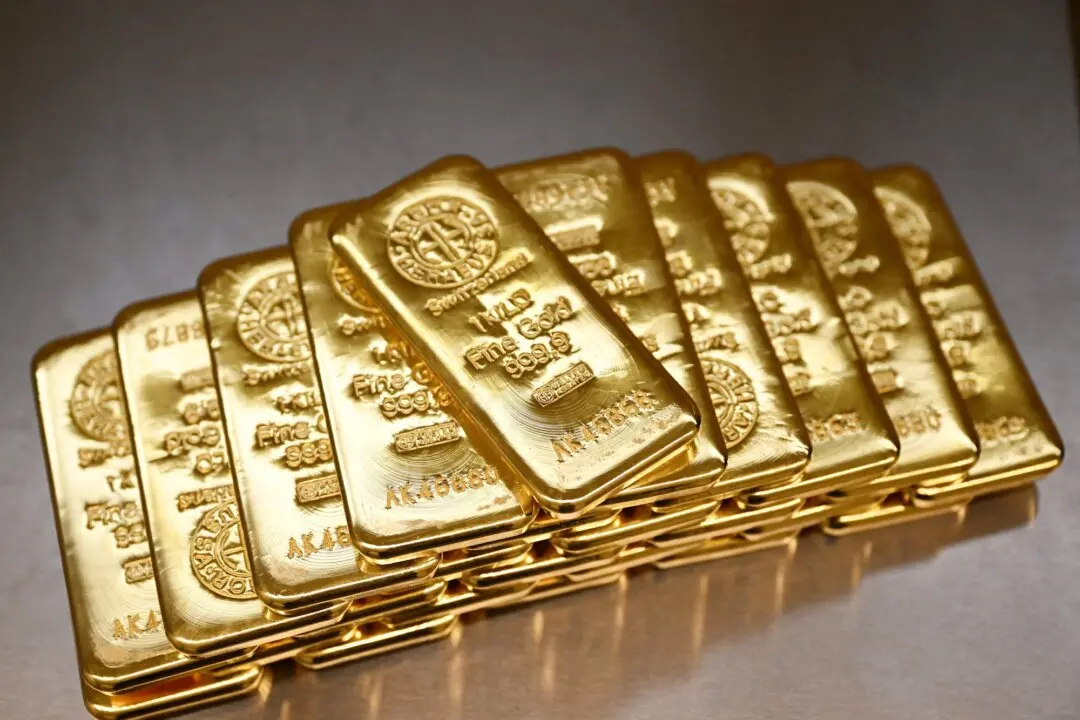Wholesale inflation accelerated in March, delivering a blow to the narrative that price pressures are easing and dimming hopes for an interest rate cut in the near future.
Inflation from the perspective of business input costs, called the producer price index, rose by 2.1 percent in year-over-year terms in March, after a 1.6 percent reading the prior month, according to Labor Department data released on April 11.





